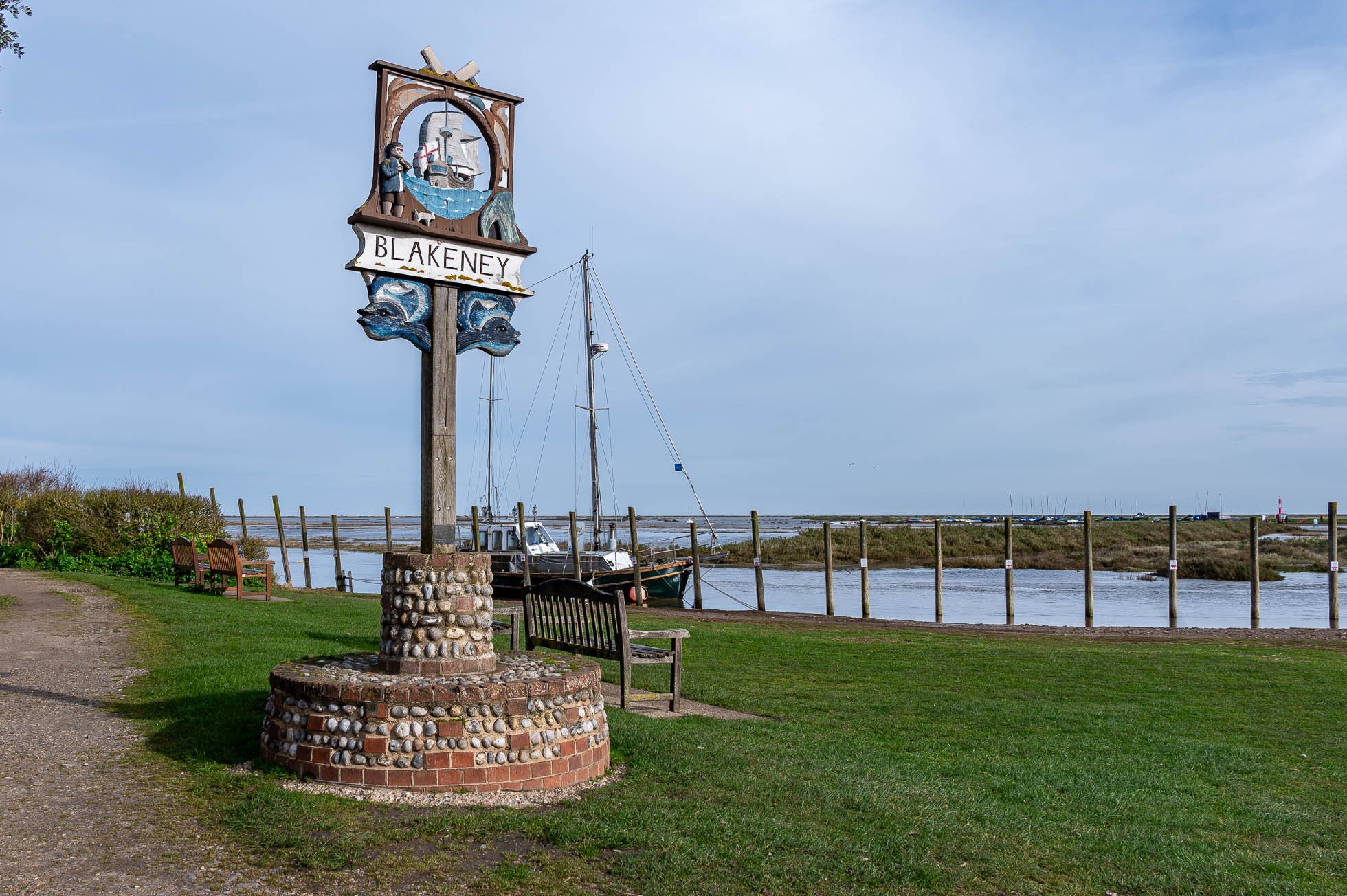March continued to be wet, windy and cold but we did manage to get a couple of good days in Norfolk.
Views from our favourite hide at Cley Marshes, once again, did not disappoint. Views of this Common Snipe feeding just in front of the hide were fantastic as these birds are usually quite diffult to see as their markings keep them well camouflaged.
Common Snipe head on.
On the edge of one of the islands were a pair of beautiful Pintail Ducks, the drake now in full breeding colors.
Spoonbills were also getting their breeding colours. They can look all white but when you can get close to them, as you can at Cley, you can see the gold ring on their neck and gold in their crests.
In a time of widespread wildlife decline, the spoonbill represents very current hope. It represents the capacity of wild landscapes and wild species to recover, recolonise, return against the odds. It is therefore the perfect symbol for the Cley to Salthouse Living Landscape, which likewise for 90 years has stood for hope for wildlife and wild landscapes.
Coots have enormous feet……
Marsh Harrier over the Cley reedbeds.
Cley Windmill,and Reed Beds.
Reed cutting is a centuries’ old occupation, taking place in the winter months, with most of the harvest going to thatching and the remainder to local crafts and fence making. Traditionally cut with hook and scythe, now mechanisation in the form of huge grass cutters is becoming more regular. Traditionally, the stacks were left on the marshes to dry but these days they are usually taken away for storage. When cutting is finished, the Norfolk Wildlife Trust undertakes the necessary management work maintaining important wildlife habitat on the nature reserve.
We took a trip out to the Broads area of Norfolk and visited St Benet’s Abbey. A spot we have seen many times from the River Bure but first time visiting by car. Short Eared owls had been seen around the area this winter but it was a very gloomy day with strong winds so no sign of any owls. Short Eared Owls do not like flying when its very windy. Can’t blame them really. Definitely worth a visit though despite the weather.
The site of St Benet's Abbey has been a place of prayer, pilgrimage and spiritual encounter for over a thousand years. An annual service is held on the site in the summer.
This board shows how the Abbey would have looked in its pomp
The origins of the Abbey are shrouded in uncertainty. What is known for certain is that by the 12th century, with Norfolk at the peak of its wealth and influence, St Benet’s Abbey was a powerful player.
In Tudor times, when Henry VIII shut down monasteries across England, St Benet’s was the only one not officially closed. Yet swiftly, most of its buildings vanished, including its centrepiece church.
On our way back to the main road we spotted a small group of Cranes, a long way off, but still very excited to see them.
Another success story for Norfolk, once common across East Anglia, a small breeding population established itself in the Norfolk Broads in the late 1970s.
On a day when the sun came out for a while we took a trip along the coast calling in at picturesque Blakeney.
A very high tide at Blakeney Quay.
A Little Egret taking flight over Stiffky Marshes.
Brent Geese grazing the Marshes at Stiffky.
Back at Cley the Black Tailed Godwits were having a squabble.
A success story for the RSPB, and their logo bird, Avocets.
A beautiful day, sunshine and blue sky so we headed back to St Benet’s abbey. All that is left is the ruins of the gatehouse archway and of a windmill which was built in the 1700s.
The Owls did not disappoint us today, a perfect flying day.
Oops, nearly fell off. Hope no one was watching
Beautiful
One last trip to Cley before heading home and “wow”, a Marsh Harrier gave a display in front of the hide. Norfolk delivered again.
Back home and a few rare dry days meant we could visit the farm. Another big “wow”, the Buzzard had just caught a rat and landed on the lower strut of an electricity pylon. Really chuffed to get this picture.
Not a common site, and not always easy to spot as they can be quite shy, but an English or Grey Partridge posed for us on the field edge.
We found a pair of Tree Creepers nest building in the woodland area of the farm. Must keep an eye on these.
The paths in our local woodland are still extremely wet and muddy and not pleasant at all. Its going to be a few weeks before we attempt the walk again. Despite this, the woodland floor is awash with primroses, a sight that gladdens the heart and lifts the soul. Unless it starts to dry up soon though, its going to be difficult to enjoy a walk to see the Bluebells.
Mad March Hares seen in the local fields
Easter weekend and the sun shone, it was warm enough to keep the back door open for a while and let the spring air into the house, and a little Chiff Chaff made our day by visiting the garden and spending a while searching the patio pots just outside the door. How magic was that.






























